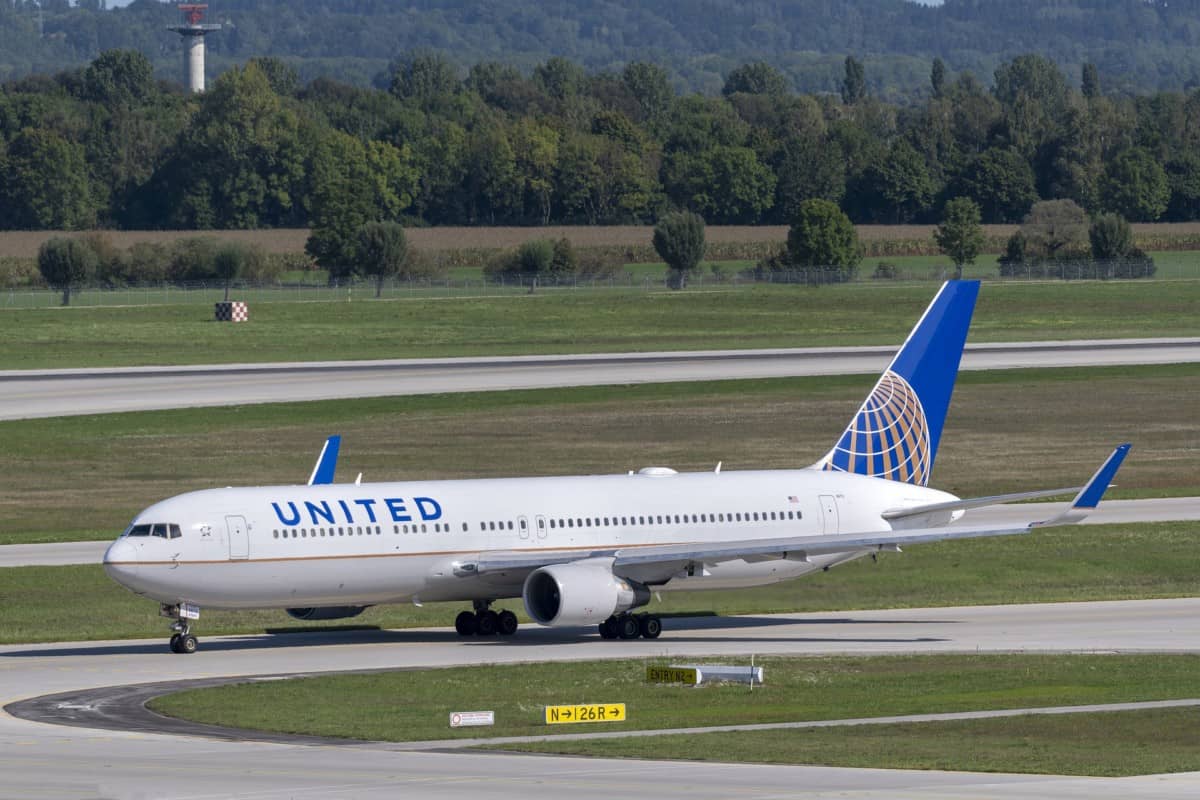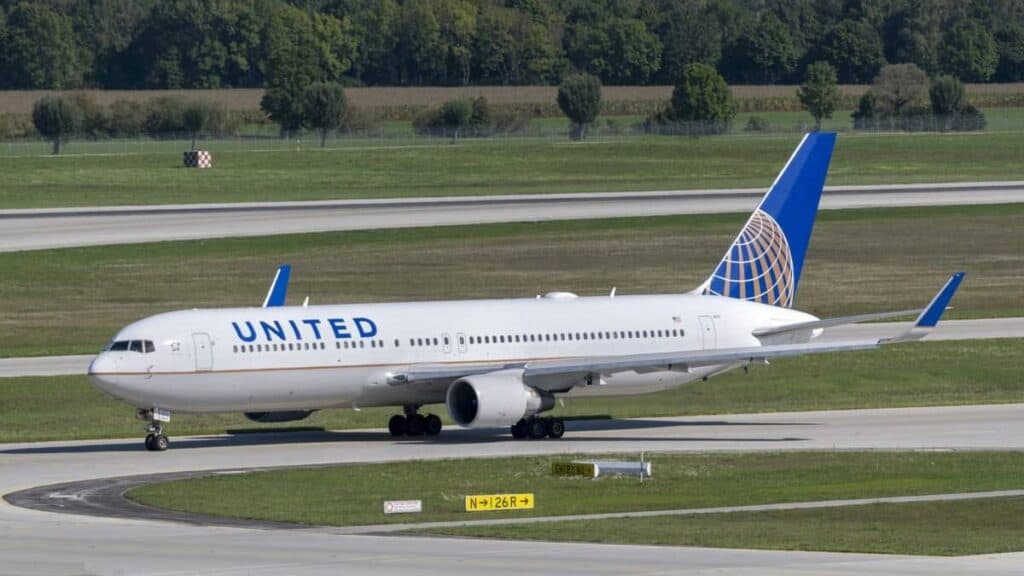
After watching many movies and seeing air traffic controllers call planes different names and numbers, then you get the military movies where the pilots have nicknames, it all starts to get a little confusing as to what exactly are these names and why they are used. How do air traffic controllers know the name of all the aircraft in their sky and who decides what these call signs are?
Call signs can be the registration number of an aircraft, an airline company designated name followed by their flight number, or a military nickname bestowed upon a pilot by their peers. Call signs are used by pilots and air traffic controllers to easily differentiate each aircraft from one another.
There are numerous types of call signs used in aviation and numerous ways in which these call signs are selected and issued. If you would like to find out more then please read on.
What is an Aircraft Call Sign?
An aircraft call sign is a way of identifying an aircraft to differentiate it from other aircraft operating within the vicinity. Think of it like a person’s name. When a person is trying to reach a member of a crowded room, the best way is to call them by their name. This is the exact same principle the air traffic controller uses to pass on information or instructions to a single aircraft flying in a crowded sky.
For all aircraft there are two ways in which it can get its callsign:
- Its registration number issued by the FAA
- Its company name and then flight number
Let’s look at each of these:
Aircraft Registration Number
When any aircraft is registered with the FAA it is given a registration number. This is sometimes referred to as a Tail Number. This is a number that must be displayed on the fuselage to identify the aircraft. For the U.S. all aircraft start with the letter N and then contain a mixture of letters and numbers. For Example: N8072X, N63YS. For Canadian registered aircraft, their aircraft start with C and then contain four letters only. For Example C-GGLF, C-GFJY.
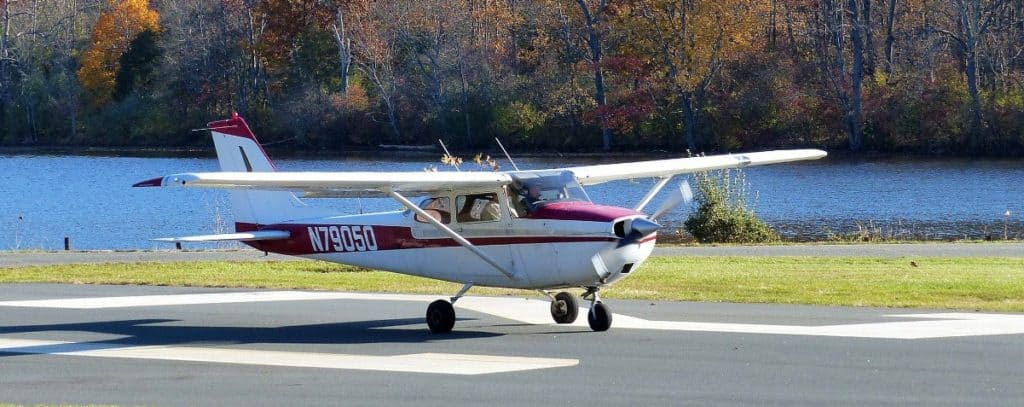
The first letter is the country designator for that aircraft. Here are some examples:
- N – United States
- G – Great Britain
- D – Germany
- F – France
- C – Canada
These registration call signs or tail numbers are what most private and commercial aircraft use when being piloted. These registration numbers can be seen on all aircraft no matter if they are an airplane or a helicopter.
These are the call signs I use when flying in a helicopter. Each time I get in a different aircraft I have to initially call the airport tower using the aircraft registration number. For the duration of my flight in that aircraft, any calls between myself and air traffic control will be initiated with the aircraft tail number.
The helicopter that I am flying today is C-FORS (Foxtrot Oscar Romeo Sierra). The C is omitted as its a Canadian aircraft flying in Canadian Airspace. If I were to fly down into the U.S. then I would have to say “Charlie – Foxtrot Oscar Romeo Sierra” to make the air traffic controller aware that I am a Canadian registered aircraft.

Join My Newsletter & Get Great Tips, Information and Experiences To Help You Become a Superb Pilot!
Company Name & Flight Number
When aircraft are flying scheduled routes or their companies wish to have a particular call sign they can apply to the FAA to have a name registered to all of their aircraft. To then differentiate each aircraft within the fleet the flight number for that flight will then be added to the name during any communications between the pilot and air traffic control.
These are in addition to the aircraft registration number that ALL aircraft must have, but it allows for easier differentiation of aircraft especially when at large and busy airports.
Here are some examples of airline-specific names:
- Delta Airlines – Delta
- JetBlue Airways – JetBlue
- Midwest Airlines – Midex
- Virgin America – Redwood
- United Airlines – United
As you can see, some are obvious and some have been changed. An example of a flight using this type of callsign would be Delta232. There could be other Delta Airlines aircraft operating in the area but only the pilots on flight Delta 232 would respond to a call from air traffic control.
Additional Call Signs:
In addition to the two types of call, signs are a few specific additions to call signs that help to instantly differentiate aircraft that are doing specific jobs in that airspace. For instance, over a busy city, the airports’ tower controller can be dealing with the large airlines touching down and taking off but then there are other common aircraft that need to weave their way around the ‘Big Iron’ on a regular basis.
TV can be issued to TV helicopters – For Example: TV12 for a Fox News Helicopter, or Air 1 can be issued to a Police Helicopter. These allow for quick calls to be made to get these aircraft in and out of the ‘Big Iron’s’ way.
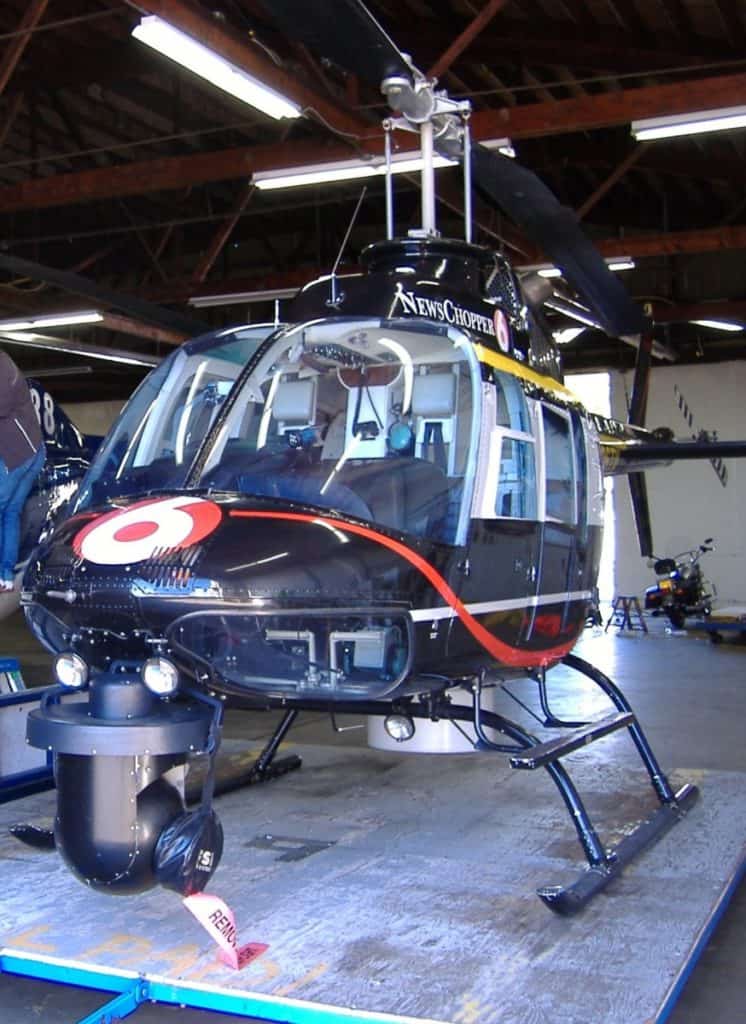
Also commonly used is the term ‘MedEvac’. This is added to the end of a medical aircraft when performing medical duties. For example: When a medical helicopter is dispatched to the scene of an accident, when they are transporting blood or organs, or when a patient is on board and en route to a medical facility. When the pilot/s add this term to the end of their call sign it instantly tells air traffic control not to provide any undue delays to this particular aircraft.
For Example: A medical helicopter could be LifeFlight1 MedEvac when departing for a road accident. When that same medical helicopter is repositioning from the hospital back to the airport, is doing a training or maintenance flight, or anytime there is no medical rush, then just its regular callsign of LifeFlight 1 would be used by the pilot/s.
Military Call Signs
Military aircraft will also be issued a call sign similar to a commercial airliner depending on the military base to which they belong. When flying in commercial airspace, military pilots must talk to civilian air traffic control just like every other aircraft in the area.
The aircraft call sign will usually consist of its selected base name and then the last three numbers of its tail number.
For Example: Atlas902, Bandit202
Again, this allows for easy differentiation for the air traffic controller and the other pilots when a military aircraft is flying around among civilian aircraft.
When I hear any call sign with beginning with ‘Atlas’ I know it is a C130 Hurcules from the nearby military base conducting training. This allows me to keep an eye out for this goliath as they are usually dropping paratroopers out for Search & Rescue training.
What is a Pilot Call Sign?
A pilot callsign is a nickname given to military pilots by their peers. Their name is usually selected because of their physical appearance, an act of stupidity, an event, or their name rhymes. They can be humorous, descriptive, or an abbreviation, and may take some time for the name to be assigned.
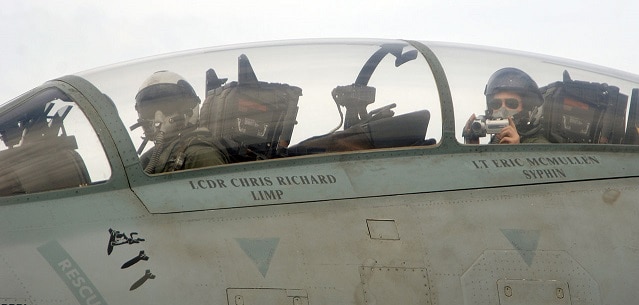
The name usually gets selected once they arrive at their unit if they have not been issued one during training and may only take hours or days to select a name to be selected or it can take weeks. Many pilots can get stuck with some pretty terrible call signs, but if they complain then the unit will come up with a new name that is usually far worse!
The main reason behind pilot call signs is for security. By using the call sign over radio communications the pilots’ true identity is kept secret preventing it from being used against them if captured in an unfriendly location.
Here are some great examples of pilot call signs:
- Banana – Their last name was Hammock
- Dingle – Their last name was Berry
- Duck – This pilot could not get the hang of evasive maneuvering, hence they were a ‘Sitting Duck’
- Ghost – Their last name was Casper
- Hurricane – A female pilot named Katrina
- Intake – A pilot with very large nostrils
- Legend – A pilot that failed an exam that no one had EVER failed
By far the most famous pilot call signs are Maverick and Goose from the movie Top Gun. Most call signs are issued to pilots of fast tactical jets rather than crews of transport aircraft that work as part of a crew. Their call signs will be sewn onto their flight suit badges, printed on their personal lockers, hung on their chair in the briefing room, and painted on the side of the aircraft fuselage next to their pilot seat.
To Finish
Aircraft call signs are used to allow easy and efficient identification between pilots and air traffic control. In busy airspace, pilots need to be addressed quickly and clearly and the more unique the call sign, the less chance of misunderstanding takes place.
The pilot will initiate the first call to air traffic control with their assigned call sign and from that point on, the call sign will not change until the aircraft lands. This is particularly true for airliners traveling into other countries too.
For military pilot call signs the security of using a nickname provides for a great bonding into a unit and fellow peers but also provides the security of that person’s details from being intercepted and used against them.

